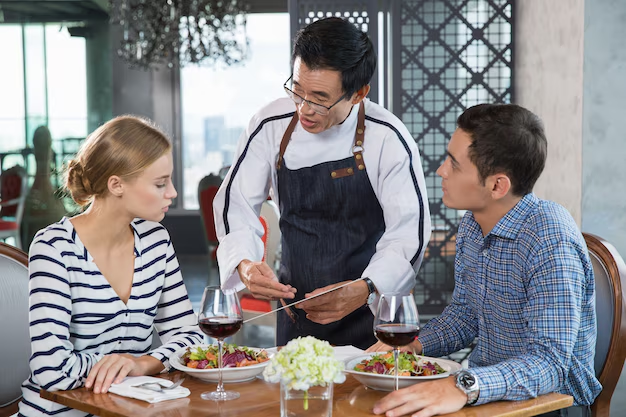Cooking is difficult. Especially when you want to recreate Cincinnati’s signature dishes and sides.
Now imagine if you could just snap your fingers or blink your eyes and see a spectacular spread appear. That would be the day, right? That, ladies and gentes is no longer a dream or the storyline of a sitcom.
Which is why I’m going to give you five reasons why hiring private chefs in Cincinnati when you’re hosting guests at home can be the best decision you make.
Cincinnati’s Taste
Cincinnati has an awesome legacy of tasty food. And every visitor should have a taste of Cincinnati.
The city’s flavors are tantalizing. Think of spaghetti, cheese, onions, and beans, topped with Cincinnati chili or our favorite sausage look-alike, Goetta.
Umm. Everybody deserves to get a taste of these flavors, right? And a professional chef is the best way to make it happen.
Making these dishes in our own kitchen isn’t something to try a couple of hours before guests arrive. It’s messy and getting the balance of tastes right is tricky. You can go out! But that’s beside the point.
It’s Like Magic
Hiring a private chef for a night in Cincinnati is almost like having a magic lamp. You don’t have to lift a finger or even step out of the home to buy ingredients.
All-inclusive deals for professional chef bookings usually include ingredients as well, which your private chef will buy before coming to your doorstep.
Nothing beats the pleasure of spending time with your friends and family. Especially if someone else does the work! You simply have to enjoy your time together and wait for awesome food to be prepared and served.
It’s a Novel Experience
The experience of watching a personal chef at work is quite interesting. The way a professional chef creates and plates dishes is truly a work of art. And watching an artist at work is almost as pleasurable as enjoying the great food that’s made.
When you hire a private chef for a home event you also get the opportunity to watch them at work and ask questions. And watching them plate the food is an experience.
So, with a private chef for the night at home, you can get a behind-the-scenes experience of how some of the best restaurants in town make your favorite meals.
You Can Impress Your Guests
Let’s face it! You must have felt a little pampered the first time you had a meal prepared by a personal chef. I know I did! It almost felt regal.
We live for new and better experiences. So, hiring a private chef gives you the added benefit of making your guests feel like kings and queens. Now that’s an easy way to impress your guests!
As Big an Expense as Going Out
The last on my list of reasons why hiring a private chef makes sense is the cost.
A private chef is what I like to call quite luxury. It’s not loud. It’s a valuable service that you get at a price similar to what you would have paid if you were dining out.
And that’s reasonable! Getting a restaurant style experience at home isn’t just fancy. It can also be one of the most memorable times you will spend with the people you love to spend your time with.
Private Chefs are Your Magic Wand
With a private chefs you don’t need to worry about preparations or kitchen cleanup. It’s almost magic!
For a reasonable price you get access to professional skills in a chef that comes over to your place and cooks on your terms. And that, friends, is the essence of luxury!










